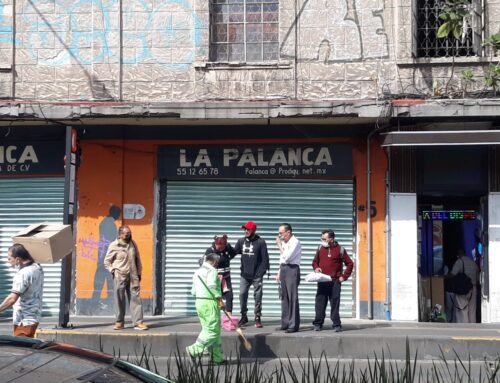So I took a hiatus from blogging. Like anything else, I think it is good to step back from blogging and make sure that what you are writing is relevant and purposeful, whether the purpose be to inform, entertain, or both. I’ve spent the past year writing, but more in the traditional way: pen, paper, and even computer, but submitting to print publications. A lot of what I wrote I don’t think would have been important to anyone but me, and perhaps to a few who know me. Besides, I’m a traditionalist, and frankly as cool as internet is, nothing thrills like words on a page. A real page, that comes from a tree.
So today I was at the Times Building in New York, and was there with a lot of other people to listen to the design ideas for the new Penn Station. There are four architectural design firms that presented their ideas: Diller, Scofidio and Renfro–H3 Hardy Collaboration Architecture–SHOP Architects–and SOM. All are clearly smart as hell and capable. Only one of the firms gave any idea of how they intend to get together the large sums of money that will be required for this undertaking. Still, it’s exciting as hell, the best thing that has happened to NY since the saving of Grand Central Terminal.
One of the most compelling ideas is H3 Hardy’s idea to not only move Madison Square Garden to a Pier off of the West Side, but to amend the extension of the number 7 train so that it loops south and back to Times Square. So we’d have a loop in the fashion of the Chicago elevated loop, only not as cool, because it won’t be elevated. Still. it will make it very easy to get to the new Penn and to the new Garden for hockey, basketball, and other reasons.
The only thing that put a damper on the morning was that I got up during the Q & A to ask a question (yeah, I know, I asked for it). My question: Are all the firms, since we’ve talked a lot about the needs of the public being the guiding force of the project to build a new Penn, committed to insisting that the “residential” square footage of the mixed use buildings of the project be reserved for truly low income housing? Today, I said, we have 250,000 people in NY who are doubled up with others because they can’t afford the rents in NYC–in any neighborhood. It’s clear that the city agencies charged with housing are not working on solving our housing shortage or crisis level homelessness, so private development projects can and should take the lead.
The moderator, Michael Kimmelman, architecture critic for The New York Times, told me in front of the standing room only audience that that is something that policy makers will take care of down the road. Then he cut me off and didn’t give any of the architects to answer me. I said that that never happens, so that is why I am insisting it be committed to at this early stage. He moved on.
The entire room clapped at my comments, but Kimmelman still couldn’t be bothered letting the invitees answer. Could it be that he didn’t take me seriously because I was the only woman making comments? In any case, on my way out one of the architects said, “great comment.” I don’t twitter, but I noticed a few favorable tweets about what I raised in the forum.
I think a good opportunity to talk about how private development can be part of solving public social problems was missed.





Leave A Comment